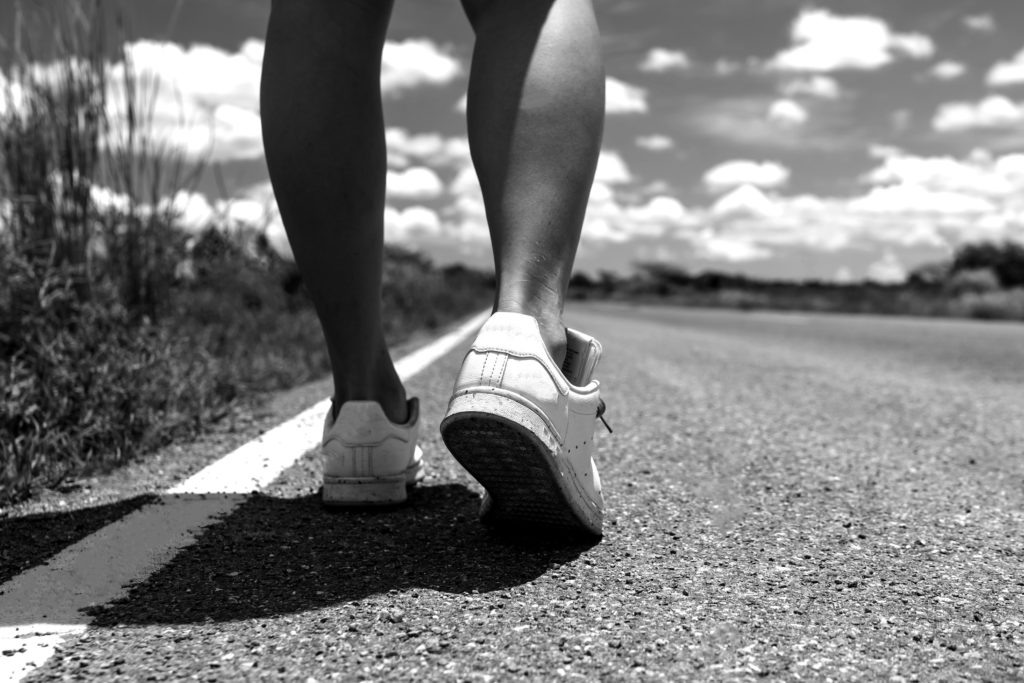All about a Calf Strain
A calf strain is an injury to the muscles in the back of your leg, below the knee. The calf is made up of 9 muscles. It is possible to injure 1 or more of these muscles at the same time. Calf strains can occur when a person is performing high-speed motions like running and jumping. They can also result from an awkward movement. Calf strains are a well-known problem for athletes such as runners, soccer and basketball players, gymnasts, and dancers. Advancing age can increase the chances of a calf strain. Physical therapists treat people with calf strains by reducing pain, restoring muscle strength and flexibility, and increasing recovery speed.
What is a Calf Strain?
The calf consists of 9 different muscles. The gastrocnemius and soleus are the largest and most active muscles in the region. They work along with the plantaris muscles, which attach to the heel bone. The other 6 muscles in the calf help promote knee, toe, and foot movements.
A calf strain is caused by overstretching or tearing any of the 9 muscles of the calf. It can happen suddenly, or develop slowly over time. Walking, climbing stairs, or running can be painful, difficult, or impossible with a calf strain.
A muscle strain is graded according to the amount of muscle damage that occurs. The grades are:
– Grade 1. A mild or partial stretch or tearing of a few muscle fibers. The muscle is tender and painful, but maintains its normal strength. Leg use is not limited, and walking is normal.
– Grade 2. A moderate stretch or tearing of more muscle fibers. The muscle is more tender, and there is pain. There is a loss of strength. Sometimes bruising will occur. Leg use is limited and limping when walking is common.
– Grade 3. A severe tear of the muscle fibers. This can include a complete muscle tear. Bruising is visible. Sometimes a “dent” is noticeable beneath the skin where the muscle is torn. Leg use is extremely difficult. Putting weight on the leg is very painful.
A strained or torn muscle can cause bleeding, which results in bruising. A severe calf strain can cause bruising that extends around the ankle or foot. Within a few hours of the injury, swelling can occur. The injured area expands and will become stiff.
– Fluid retention (eg, during pregnancy)
– Diabetes
– Certain medicine use (eg, steroids)
– Degenerative and rheumatoid arthritis
How Can a Physical Therapist Help?
Treatment Plan
– Education
– Pain Management
– Range-of-motion exercises
– Manual therapy
– Muscle strengthening
– Functional training
Further Reading


0 Comments